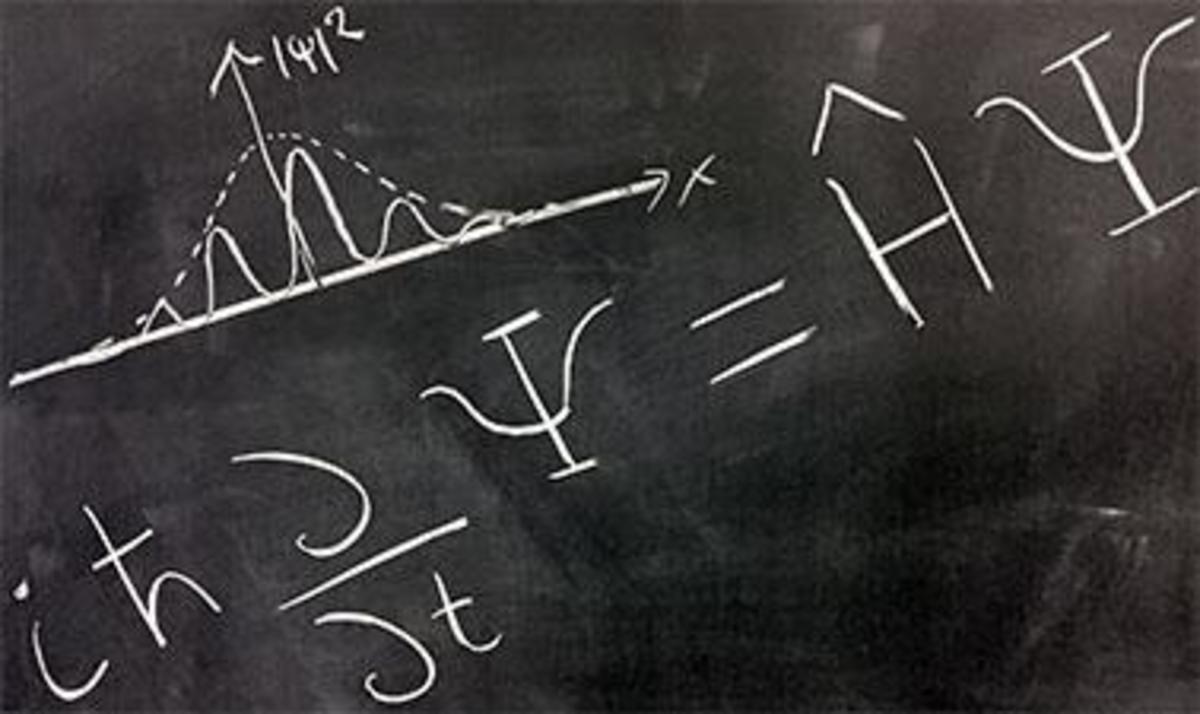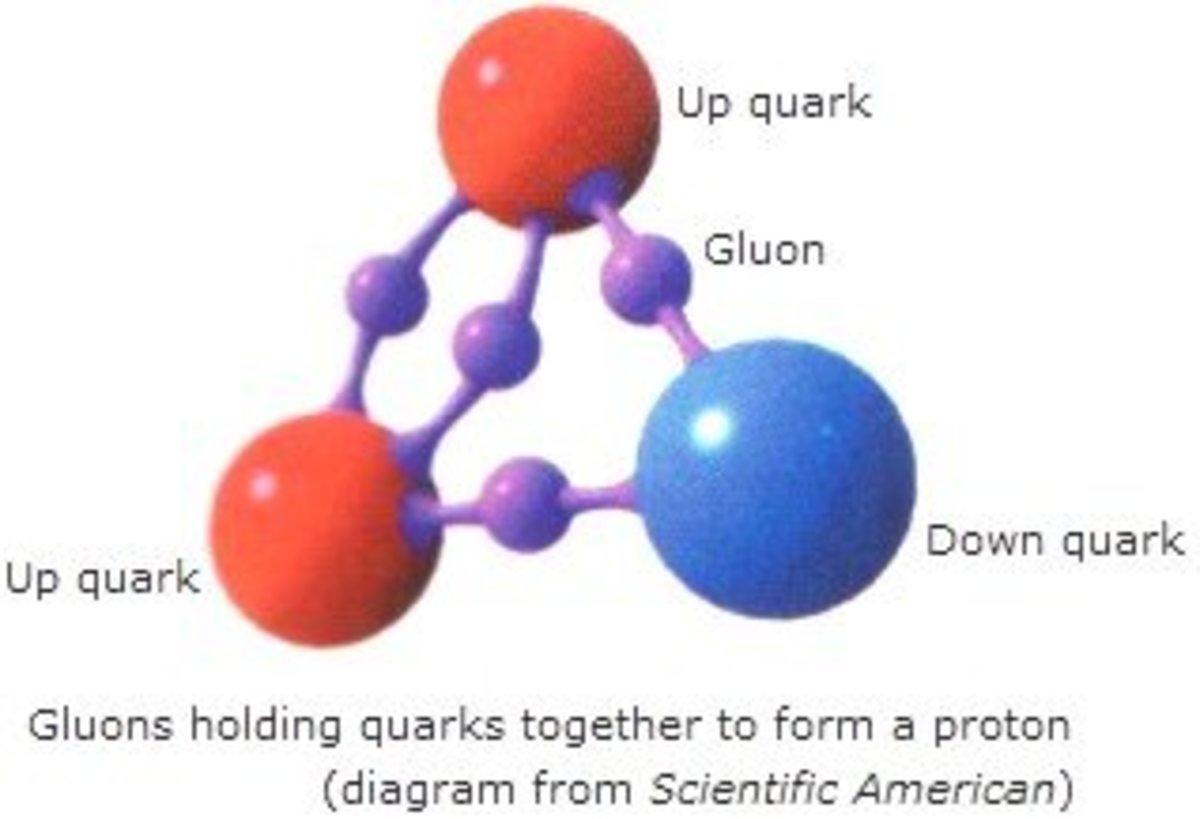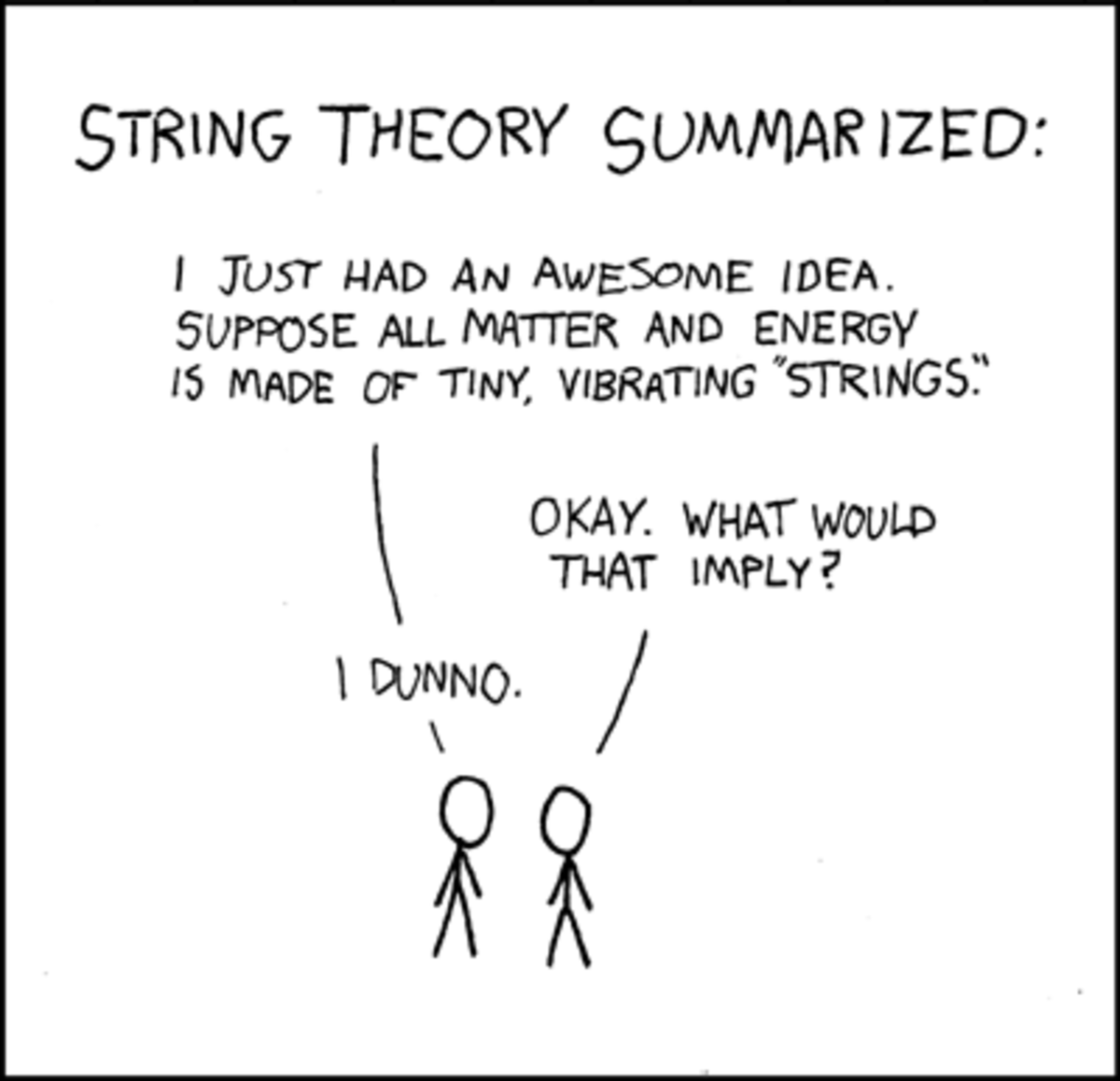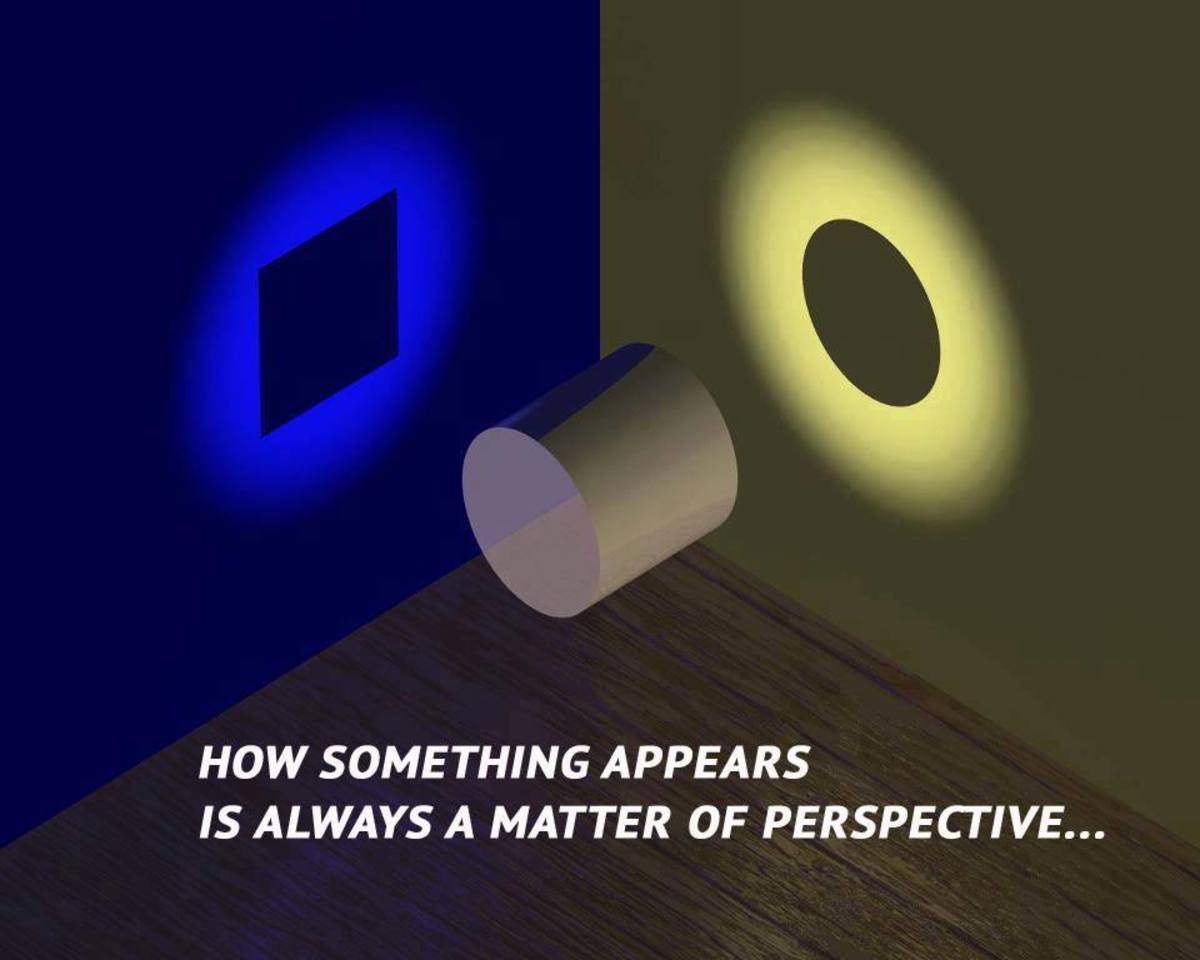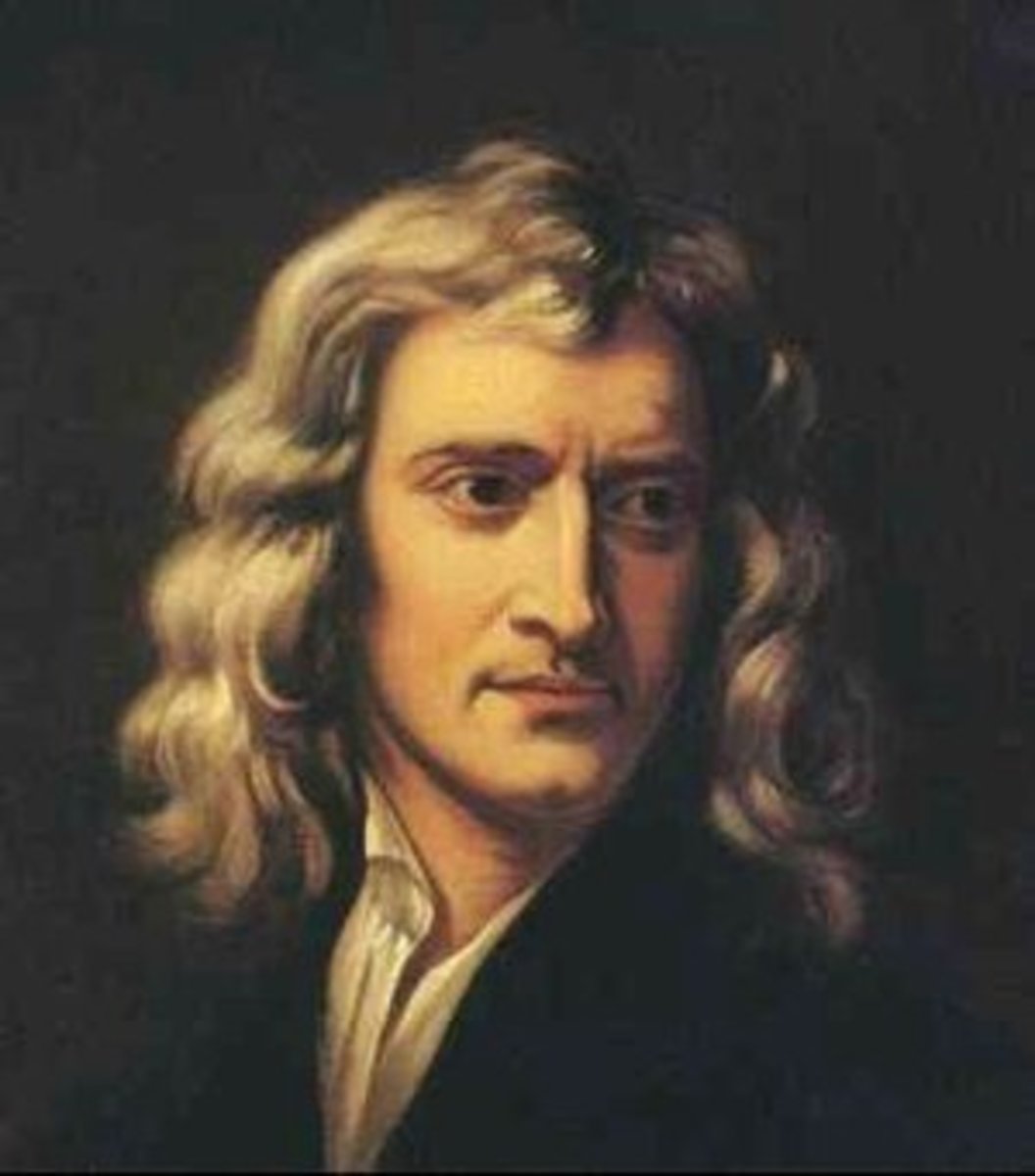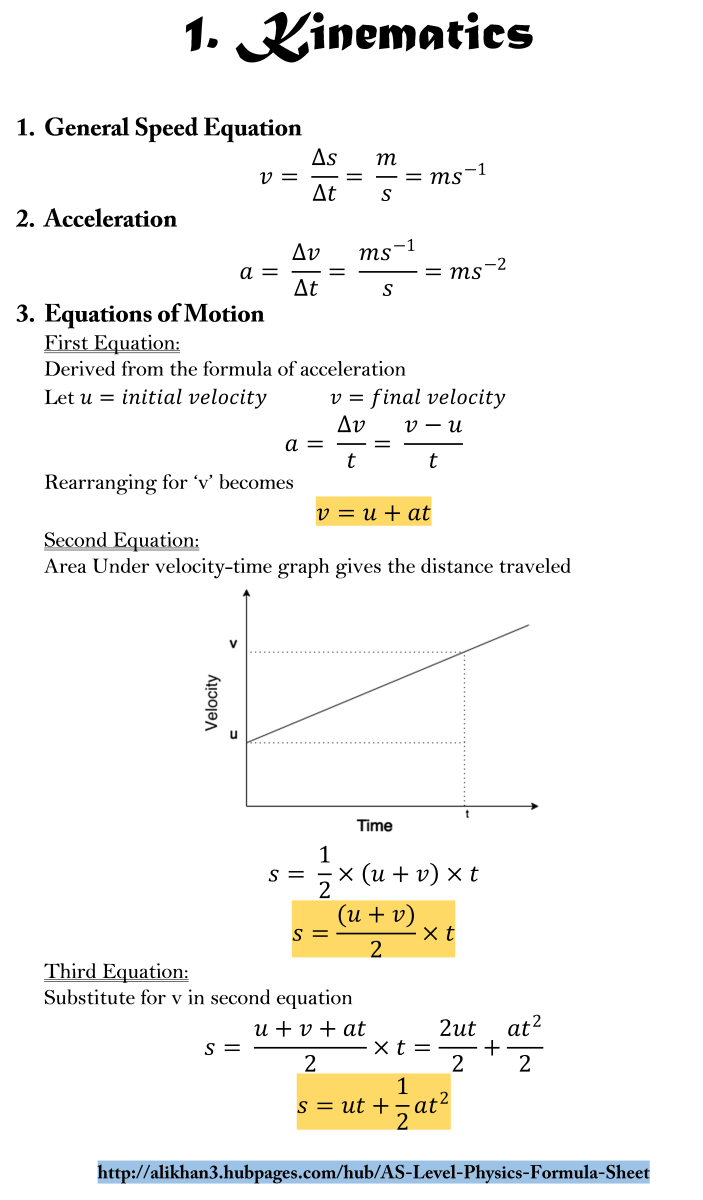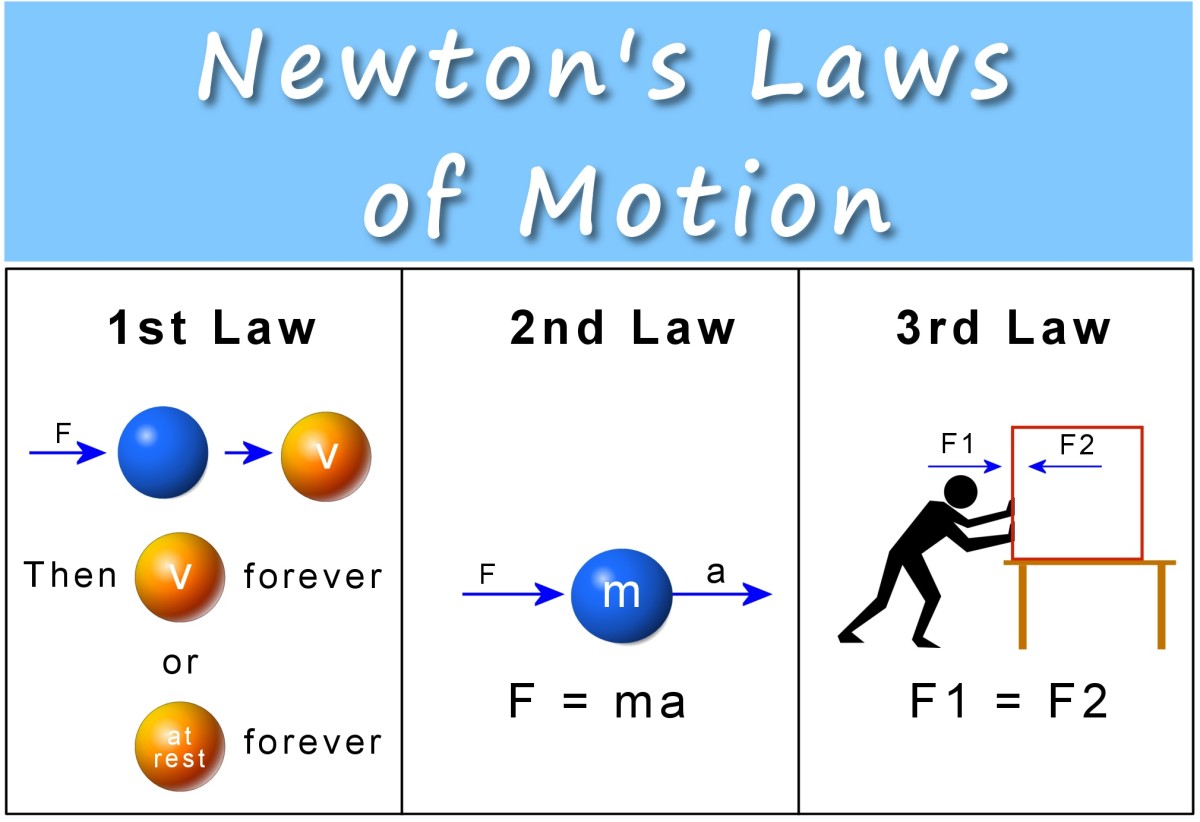The Search for New Physics
CERN- The European Organization for Nuclear Research
Based in suburban Geneva, Switzerland - on the French border - The European Organization for Nuclear Research, CERN, has been at the forefront of research in nuclear and particle physics for over a half a century. Founded in 1954 by 12 Western European nations, CERN has expanded over the years and now has 22 member states - 21 European nations plus Israel. Many more countries, including the United States, have "observer" status or other agreements, which allows them to participate in CERN's research programs without influencing the overall direction of the research. At its founding, CERN focused largely on the physics of atomic nuclei, but soon found itself investing most of its resources into high energy particle physics.
The Following countries have full member status:
- Belgium
- Denmark
- France
- Germany
- Greece
- Italy
- Norway
- The Netherlands
- Sweden
- Switzerland
- United Kingdom
- Austria
- Spain
- Portugal
- Finland
- Poland
- Hungary
- Czech Republic
- Slovakia
- Bulgaria
- Israel
- Romania
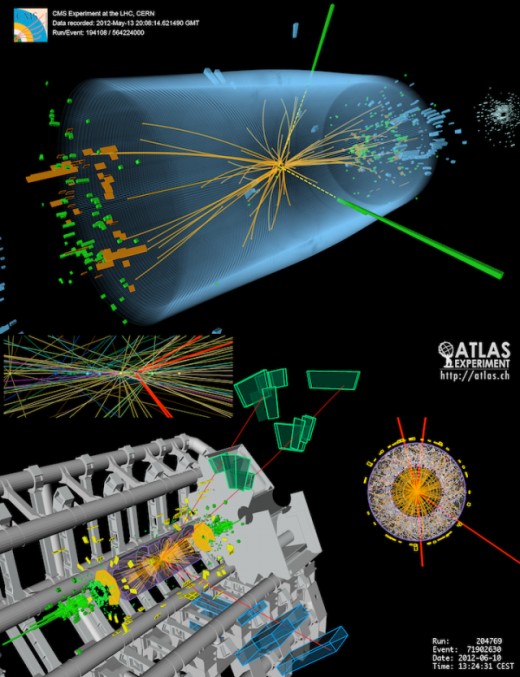
Quantum Wierdness
uantum mechanics make no sense. It is counter-intuitive in every way – its implications even causing Einstein discomfort. The one thing it has going for it is that it is undoubtedly true. For nearly a century, every prediction that quantum mechanics makes has been proven in experiment. Once one accepts the truth of what is called the Standard Model, one must also accept some of the crazy ideas that come with it.
Quantum physics deals with physics at the atomic and subatomic level. To quantize something is to break it down in to its smallest components, thus, quantum mechanics posits that all matter and energy can only be released in discrete indivisible packets, or quanta. A veritable zoo of subatomic particles and various interactions have been discovered, the details of which are far beyond the scope of this article. Far more interesting are the often bizarre behaviors exhibited by these particles. In the quantum world, all systems exist as waves – until they are observed. When a quantum system is observed, its wave function collapses, leaving only particles in place of the waves. This means that, for example, an electron exists in ALL possible states until it is observed, when the electron must “pick” a state and position. Taken to it’s logical conclusion, quantum physics seems totally absurd, with references to cats that are simultaneously alive and dead while they’re in a box and the moon only existing if it is being observed. As odd as this seems, this principle has been duly verified by experiment. (No cats were harmed in the writing of this article. Nor, to my knowledge, in any actual science experiment in quantum theory)
An additional oddity of the quantum world is quantum entanglement. This occurs when two particles become somehow linked so that a change in the state of one can result in the immediate mirror of that change in its entangled partner. The exact mechanism for this interaction is currently unknown, but quite fascinating- information seems to be transferred instantaneously, unbound by the cosmic speed limit, the speed of light. Similarly, via action referred to as “quantum tunneling”, particles appear to move from one point to another without passing the space between. If humanity could harness this power, it could, conceivably, lead to instantaneous transportation anywhere in the universe.
While it seems science-fiction, quantum mechanics is good science. It has contributed to modern technologies and continues to be on the cutting edge of scientific research. Once one gets over the shock of the strange ideas it proposes, quantum physics actually has a very simple mathematical beauty to it. Nonetheless, it is not without its problems. Quantum Theory fails to include gravity, incorporating only the other three forces of nature. One of today’s great quests is the unification of the theories of General Relativity and Quantum Mechanics. String Theory (and Super-String, and M) offer some promising leads on that front, but for the moment remains little more than a mathematical model with intriguing allegations but no experimental evidence.
A Tale of Two Theories
In the early 20th century, two theories emerged in physics – both of which would forever change history. One of these theories concerned the very large- stars, planets and galaxies. This theory changed the way humanity understood gravity. The second theory concerned the very small- the most elementary building blocks of existence. These theories, of course, are Einstein’s General Relativity and Quantum Mechanics. Both theories have been proven time and again by experiment. When General Relativity starts to break down, Quantum Mechanics takes over. To this day, physicists have been unable to merge the two into one unified theory. Here is the tale of these two theories.
In 1916, Albert Einstein published his theory of General Relativity. By unifying his 1905 theory of Special Relativity and Isaac Newton’s theory of Universal Gravitation, Einstein overturned centuries of physics. In this theory, three dimensional space is merged with time to make 4 dimensional space-time. This can be thought of quite simply. Any point in space can be expressed as three coordinates from a fixed origin. If you want to meet someone somewhere, however, a fourth criteria must be agreed upon: time. Einstein viewed space-time as a fabric that can be curved and ripple in the presence of matter. It is these curves in space-time that are responsible for both gravity and time. Time ticks differently throughout the universe, dependent on speed and gravity. This sounds somewhat odd, but it is proven daily in our use of GPS satellites- which are travelling quite fast at geosynchronous orbit. If those signals were not adjusted to account for general relativity, everybody would get lost. General Relativity has unlocked many secrets of the cosmos: black holes, the fact that the universe is expanding, even its rate of expansion. But at some point it breaks down.
When it comes to what happens inside the very black holes that they predict, Einsteins beautiful theory breaks down. His equations begin to return nonsensical results. Infinities. Similarly, General Relativity fails to explain what is happening on atomic scales. A new theory was needed to help explain these phenomena. Einstein, again was among the pioneers of this new science: Quantum Mechanics. He would later argue against it, disliking its non deterministic nature- “I like to think the moon is still there, even if I am not watching it”.
Quantum Mechanics brings with it many strange ideas. It is the work of dozens of scientists over the course of decades. It can often seem so outrageous that nobody wants to believe it. The problem is that it is undeniably true. The so-called “Standard Model” has stood up to every test in a laboratory. The recent discovery of the Higgs boson seens to seal the deal, so to speak. Welcome to a world where particles simultaneously can exist in all possible states. Or not exist at all. Until one makes an observation. When observed, a particle is forced to “pick” a single location and momentum. Without observation, any particle is happy to exist as only a wave function of probability. Adding to the craziness that is quantum physics, is Heisenberg’s Uncertainty Principle, which states that one cannot know both the exact location and the exact momentum of a particle. That means that even if scientists do observe a particle, they still don’t know exactly where it is or how it is moving. This uncertainty unsettled Einstein, and led to a series of debates on the subject with Niels Bohr (not only one of the greats of physics and chemistry, but a true hero who helped save 8,000 Danish Jews during the Holocaust).
Quantum Theory perfectly explains three forces of nature, but completely ignores gravity. There have been many attempts to incorporate General Relativity, which explains gravity so well, into Quantum Mechanics, but physicists have so far been unsuccessful in unifying the four forces in a “theory of everything”. There are some promising leads. The answer may lie in strings and higher dimensional space.
The God Particle
Just outside of Geneva, straddling the border of Switzerland and France, lies the Large Hadron Collider (LHC) – the world’s largest particle accelerator. Operated by CERN (a French acronym for the European Centre for Nuclear Research), and located deep underground, the LHC represents the front line in science’s quest to understand the very fabric that makes up the universe. The LHC works by accelerating particles to near the speed of light and smashing them into one another – breaking them apart into even smaller particles. By observing the decay of these various sub-atomic particles, researchers can gain new insights into the physical interactions that govern everything that we experience.
In 2012, a mere four years after the machine was turned on for the first time, the CERN team announced one of the most important discoveries in history: the detection of the Higgs boson. First hypothesized in the 1960s, the Higgs has remained the missing link in the Standard Model of particle physics, even gaining the nickname of the “God particle”. Despit its critical importance, before its discovery at the LHC, the Higgs boson had eluded detection for nearly half a century. After being detected and proven to exist, the 2013 Nobel Prize in physics was awarded to two of the scientists who originally hypothesized the particle – Peter Higgs (after whom it is named) and Francois Englert. Why, though is the Higgs boson so important? What is its role in the bigger picture of particle physics? Put simply, the universe as we know it could not exist without the Higgs.
The universe is made up of particles that come in effectively two flavors: fermions and bosons. Fermions are massive and take up space, meaning that only one fermion of a given type or state can exist at any point in space. These are the basic particles that make up STUFF. Bosons, on the other hand, can be either massive or not and can be stacked infinitely at any point. Their role is as the basic force-carrying particles in nature. The Higgs boson is a special case among bosons in that it is scalar- always having a nonzero value in empty space. It is also massive. The Higgs is generally described as giving mass to other particles. This explanation, however, somewhat misses the point. In actuality, it is the Higgs field, not the boson itself, that does this. The boson of the same name exists as vibrations in this field.
A field is a physical quantity with a numerical value at every point in space. The Higgs field is a special case that is nonzero at all points in space. This is called a scalar field. As particles move through space, their mass is determined by their interaction with the Higgs field. The discovery of the Higgs boson was important, thus, not for the particle itself, but, as proof that the theorized Higgs field actually exists. The particle discovered at the LHC fits the predictions of the Standard Model nearly to a letter – the final piece to the puzzle of the universe seems to have fallen into place. Or has it? Is there a new physics beyond?
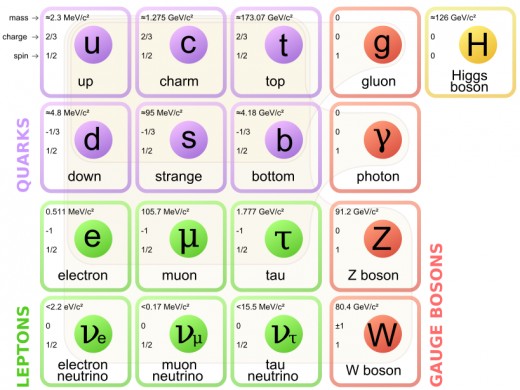
What Do We Really Know?
Everything is made of matter and energy, right? Matter and energy, of course, have a duality- as we learn from relativity- meaning they are like two side to the same quarter. Whether you see heads or tails, its still 25 cents. Matter is made of atoms, right? Which are made up of particles. Energy is also carried by particles. Or waves, because particles ARE waves. We have it all figured out. Except, there’s a problem. All of the matter-energy that we understand consists of roughly only 4% of the observable universe. The other 96% consists of Dark Matter and Dark Energy. 23% Dark Matter and 73% Dark Energy.
We understand the way gravity works fairly well. We were able to accurately predict the movements of the planets centuries ago. In 1969, we were even able to land a man on the moon. Why then, a fluke? By observing galaxies, astronomers have noticed an anomaly; the stars further away from the center of the galaxy were orbiting too fast. According for the laws of physics, objects are supposed to orbit slower the farther they are from the center of their orbit. This does not seen to be the case in galaxies. Physicists know there must be more matter somewhere to account for these weird orbits- a lot of it. They have called it “Dark Matter”, not because it is evil like Darth Vader, but because it doesn’t seem to interact with light. It really doesn’t seem to interact with ANYTHING, except for gravity and the weak force. We really have no idea what it is at all, except that its not like any of the matter we know. It’s going to be tough to find, but be sure, searching for this mysterious substance that makes up the majority of the matter in this universe is one of science’s top priorities.
Dark Energy is equally baffling. Galaxies are all flying apart from each-other. And the rate is accelerating. Gravity should be slowing the universe’s expansion down, but evidence has shown that the opposite is true. There must be an enormous amount of energy to compensate for this gravity. This energy is so great that it has been calculated to consist of 73% of the total mass-energy content of the universe. The search is on for Dark Energy as scientists march on trying to unravel the mysteries of the universe.
So what do we really know? Not much. But the search is on


